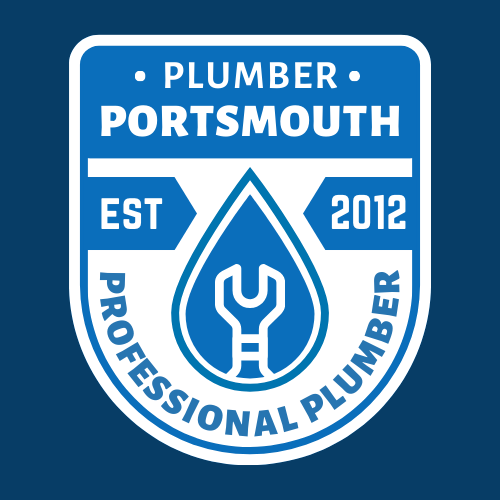The Importance of Overflow Pipes in UK Plumbing Systems
In the often overlooked world of plumbing, few components are as vital and understated as the overflow pipe. Found in everything from cisterns to cold water storage tanks, these unassuming pipes play a crucial role in safeguarding our homes and public buildings from water damage. Whether you're a homeowner, landlord, or plumbing professional, understanding the function and importance of overflow pipes is key to maintaining a safe and efficient water system.
What Are Overflow Pipes?
An overflow pipe is a safety feature designed to carry excess water away from a container—such as a toilet cistern, cold water tank, or boiler—if the water level rises too high. Typically made from plastic or copper, these pipes redirect the overflow to a visible and safe outlet, often outside the building or into a suitable waste system, alerting users to a problem before it becomes a serious issue.
How Overflow Pipes Developed
The concept of overflow protection has been around for centuries. However, modern overflow pipes became more widespread with the evolution of indoor plumbing during the 19th and 20th centuries in the UK. As water systems became more complex—with the addition of header tanks, sealed systems, and pressurised appliances—there was an increased need to safely manage excess water. Innovations in materials like PVC and advancements in plumbing regulations further shaped the way overflow pipes are used today.
Regulatory Requirements in the UK
UK plumbing systems are governed by several regulations that dictate how overflow pipes must be installed and maintained. Key guidance includes:
- Water Supply (Water Fittings) Regulations 1999 – Requires suitable backflow and overflow protection.
- Building Regulations Part G – Covers sanitation, hot water safety, and water efficiency, including overflow systems.
- BS 6700 / BS EN 806 – British Standards that provide specifications for design, installation, and maintenance of domestic water supply systems.
These regulations ensure that overflow pipes are properly sized, securely installed, and appropriately terminated—typically in a visible location to alert occupants of a fault, such as a leaking ball valve or failed thermostat.
Preventing Water Damage
The primary function of an overflow pipe is to prevent water damage. When tanks or appliances overfill due to a fault—such as a stuck float valve or failed filling mechanism—water can spill out and cause significant damage to floors, walls, ceilings, and insulation. Overflow pipes redirect this water safely away, protecting the property from rot, damp, electrical hazards, and costly repairs.
Types of Overflow Pipes in Plumbing Systems
Overflow pipes are used in a variety of plumbing applications. Some of the most common include:
- Toilet Cistern Overflow Pipes – Direct water outside if the internal overflow fails or is absent.
- Cold Water Storage Tank Overflows – Typically in loft spaces, these prevent flooding due to a failed float valve.
- F&E (Feed and Expansion) Tank Overflows – Used in central heating systems to relieve excess pressure.
- Combination Boiler PRV Outlets – While technically a pressure relief, this pipe discharges if internal pressure exceeds safe limits.
- Water Heater Tundish and Overflow – Often includes a tundish (a visible break point in the pipe) to show when overflow is occurring.
Troubleshooting Overflow Pipe Problems
If you notice water coming from an overflow pipe, it’s often a sign of a fault. Here’s how to troubleshoot common issues:
- Dripping or running overflow pipe: Often due to a faulty ballcock or float valve not shutting off properly.
- Blocked or frozen pipe: Can lead to backflow or internal flooding. Insulating pipes in winter can help prevent freezing.
- Intermittent leaks: May suggest fluctuating system pressure or a failing internal seal.
- No visible discharge pipe: In older systems, overflow may not be visible or may discharge internally, which is a safety concern and should be rectified.
Environmental Benefits
Overflow pipes also contribute to environmental responsibility by:
- Preventing waste: A visible overflow highlights leaks early, encouraging timely repairs and reducing water wastage.
- Protecting insulation and heating systems: Preventing internal leaks helps maintain thermal efficiency and prolong the lifespan of energy systems.
- Avoiding water damage: Preventing mould growth and structural damage reduces the environmental footprint of remedial building work and materials.
-
Ultimately, They’re There for Your Safety
Overflow pipes may seem like a minor part of a plumbing system, but they are essential safety devices that protect both properties and the environment. Ensuring they are properly installed, maintained, and compliant with UK regulations is critical to the long-term efficiency of any plumbing system.
So next time you spot that small pipe protruding from your home, remember—it’s your first line of defence against a potential flood.
You might also like



